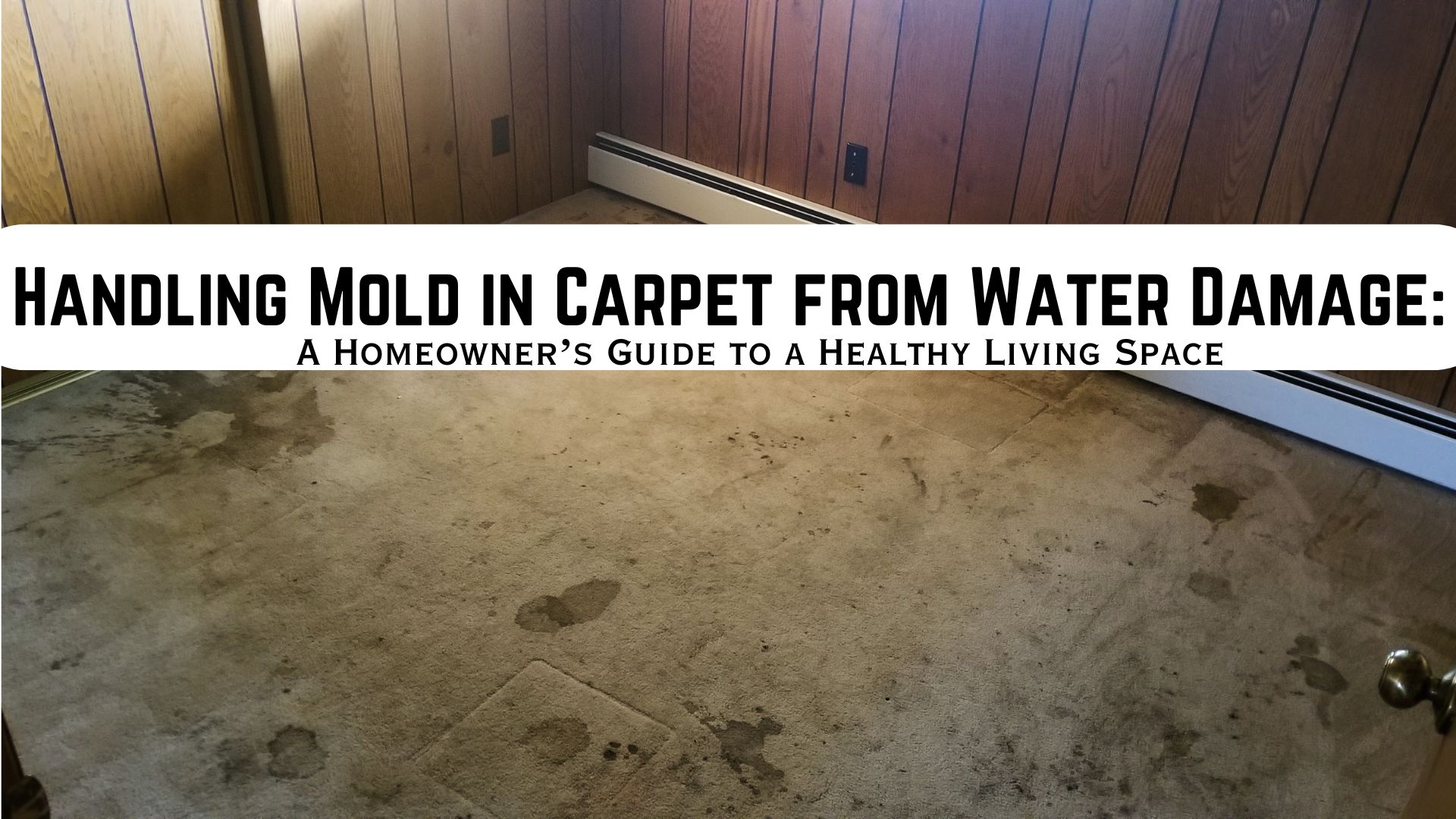How to Prevent Water Damage from House Plants
House plants are a delightful addition to any home, adding a touch of nature and beauty to indoor spaces. However, while they bring numerous benefits, they also pose a potential risk: water damage. Overwatering, leaking pots, and improper drainage can wreak havoc on your floors, furniture, and even the structural integrity of your home. In this comprehensive guide, we’ll explore practical tips to prevent water damage from house plants and how Superior Restoration can come to your aid in times of water damage emergencies.
Understanding the Risks
Before delving into prevention strategies, it’s crucial to understand the potential risks associated with house plants:
- Overwatering: One of the most common mistakes among plant owners is overwatering. Excess water can lead to root rot, mold growth, and damage to floors and furniture.
- Poor Drainage: Plants placed in pots without proper drainage can cause water to accumulate at the bottom, eventually leading to leaks and water damage.
- Watering Containers: Watering cans and containers can sometimes drip or spill, especially if they have faulty spouts or lids, leading to water damage on surfaces.
- Moisture Levels: High humidity levels around house plants can promote mold growth on walls, ceilings, and nearby furniture.
Prevention Strategies
Now that we understand the risks, let’s explore effective strategies to prevent water damage from house plants:
1. Choose the Right Pot and Soil:
- Select pots with drainage holes at the bottom to allow excess water to escape.
- Use well-draining potting soil to prevent water from accumulating around the roots.
2. Water Wisely:
- Establish a watering schedule based on the specific needs of each plant, avoiding overwatering.
- Before watering, check the soil moisture level using your finger; water only if the top inch of soil feels dry.
3. Use Saucers and Liners:
- Place plant pots on saucers or trays to catch excess water, preventing it from seeping onto surfaces.
- Line decorative containers with waterproof liners to protect furniture and floors from moisture.
4. Elevate Pots:
- Elevate pots using pot feet or risers to promote airflow and prevent water from accumulating underneath.
5. Inspect Regularly:
- Routinely check plant pots and surrounding areas for signs of water damage, such as discoloration, mold, or mildew.
How Superior Restoration Can Help
Despite your best efforts, unforeseen water damage incidents can still occur. In such situations, Superior Restoration is your trusted partner in restoring your home to its pre-damage condition. Here’s how they can assist:
1. Emergency Response:
- Superior Restoration offers 24/7 emergency services, ensuring prompt response to water damage incidents at any time of the day or night.
2. Water Extraction and Drying:
- Their team utilizes advanced water extraction equipment to remove standing water quickly and efficiently.
- State-of-the-art drying techniques are employed to thoroughly dry affected areas, preventing mold growth and further damage.
3. Mold Remediation:
- If mold is present due to water damage, Superior Restoration employs proven mold remediation techniques to eliminate mold colonies and restore indoor air quality.
4. Structural Repairs:
- From damaged floors to waterlogged walls, Superior Restoration has the expertise to perform comprehensive structural repairs, restoring your home to its pre-damage state.
5. Insurance Coordination:
- Superior Restoration works directly with your insurance company, simplifying the claims process and ensuring that you receive the coverage you deserve.
Conclusion
With the right precautions and timely intervention, you can effectively prevent water damage from house plants and enjoy their beauty without worry. By following the strategies outlined in this guide and knowing that Superior Restoration is there to assist in times of need, you can safeguard your home and maintain a thriving indoor garden with peace of mind.





